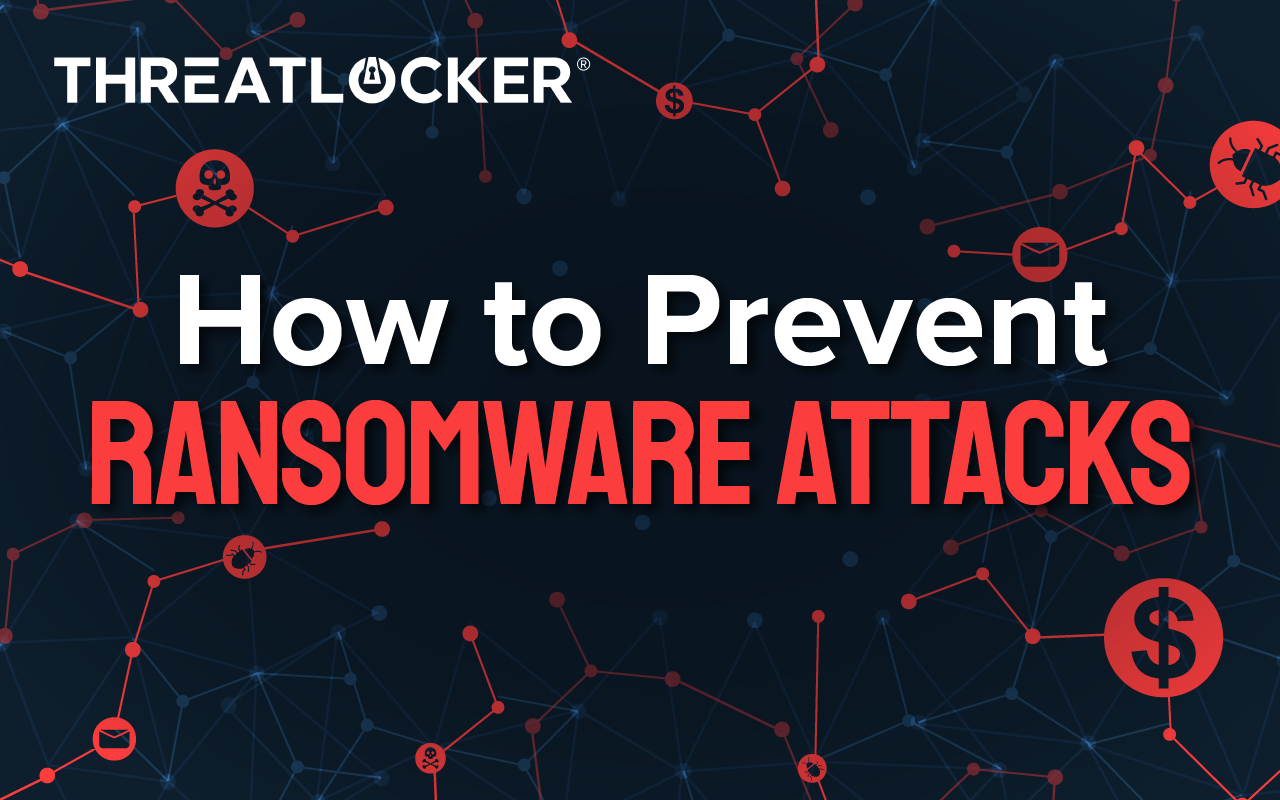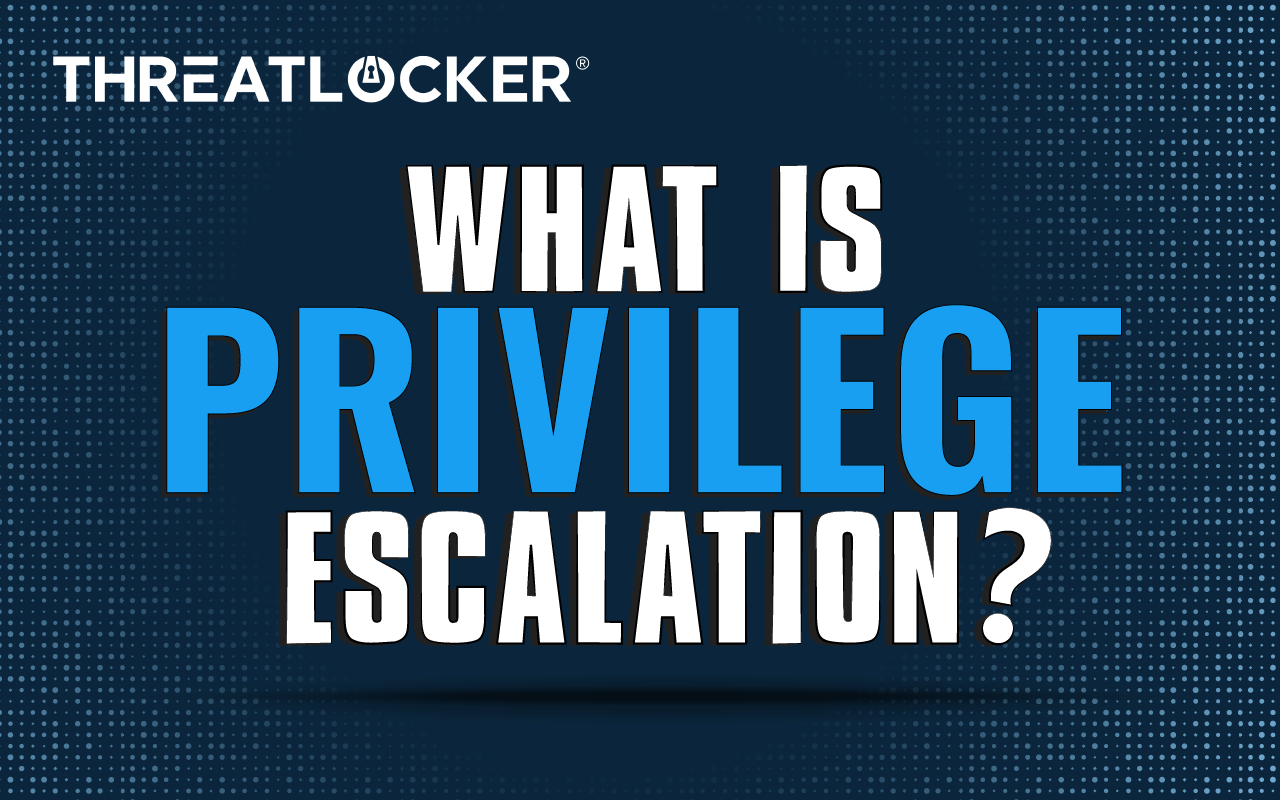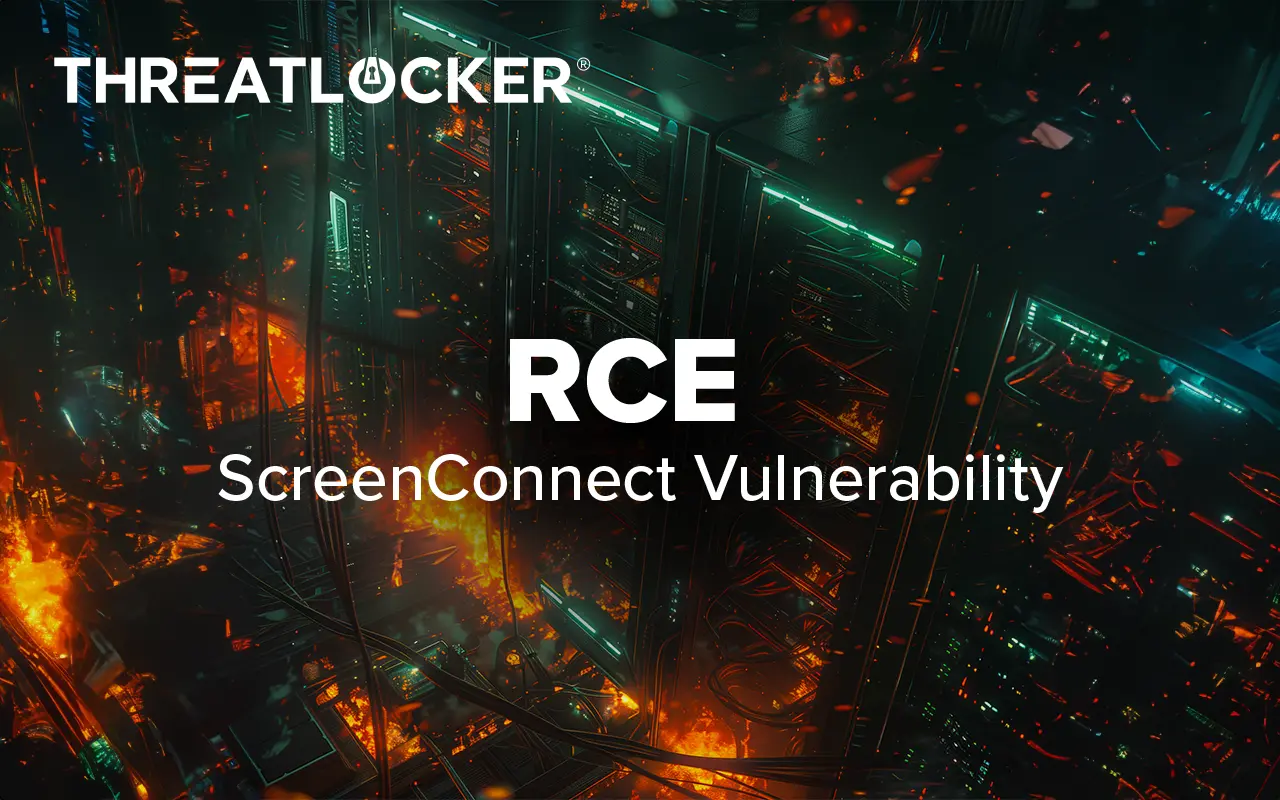
How to Prevent Ransomware Attacks
Table of Contents
5 Ways to Prevent Ransomware
Ransomware has become a significant threat in the digital world. Bad actors use this malicious software to lock computer systems and demand money in exchange for access. In other cases, they use ransomware to encrypt or steal sensitive data and hold it hostage. However, paying the ransom does not guarantee that hackers will unlock computer systems or return data.
Ransomware is ever-evolving as cybercriminals become more savvy. As a result, the sophistication and frequency of ransomware attacks have markedly increased in recent years.
The Importance of Being Prepared for Ransomware Attacks
Cyber extortion can have devastating consequences for individuals and businesses, leading to loss of sensitive data, financial damage, and disruption of operations. Enterprises must understand and implement effective preventative measures against ransomware attacks.
This blog post aims to arm you with essential knowledge and strategies to safeguard your digital assets against ransomware. By staying informed and proactive, you can significantly reduce the risk of falling victim to these cyberattacks.
Ransomware 101
Ransomware is malicious software that encrypts your computer, locking you out of confidential files and data until you agree to pay a sum to the threat actor. Threat actors may also exfiltrate data from an organization and threaten to sell it on the dark web unless a ransom is paid.
If the victim pays the ransom, they sometimes receive a decryption key that restores their files and data access. If their data is exfiltrated, the data may be returned upon payment. In either case, if the demanded ransom is not paid, the threat actor will leak encrypted and stolen data on data leak sites (DLS) such as the dark web or permanently block access to your files.
There is also the risk that hackers will release or continue to block access to sensitive data even if a ransom is paid. Paying a ransom is not guaranteed to prevent your files from being leaked or compromised. This uncertainty means it is paramount for organizations to do everything in their power to prevent these types of attacks.
Ransomware constantly changes as threat actors utilize different techniques to deliver malware to a device. The earliest ransomware attacks would only encrypt a victim organization's data, making it an easy problem to solve if the victim had reliable backups.
In recent years, ransomware attacks have become more sophisticated and pose a more significant threat to organizations. Hackers can now publish the data or use stolen information to attack the organization's customers or business partners, increasing the stakes.
The Cost of Ransomware
2023 proved to be a landmark year for ransomware infections. One study supported by Apple found that more ransomware attacks were reported through September 2023 than in all of 2022.
Not only are ransomware attacks becoming more prevalent, but they are also more costly. The latest IBM report found that the global average data breach cost in 2023 was $4.45 million, a 15% increase over three years.
There are also fewer tangible costs to consider, such as business interruption and the impact of a resulting data breach on your reputation.
Types of Ransomware to Know
Businesses should be aware of various types of ransomware. While they all aim to gain access to data or demand payment, how the ransomware is delivered can differ.
Here are a handful of the most common types of ransomware.
Encryption Ransomware
Also known as crypto-ransomware or locker ransomware, encryption is one of the most common and harmful types of ransomware. Cybersecurity Dive recently reported that threat actors encrypted data in three out of four ransomware attacks in 2022. This statistic was the highest rate of data encryption linked to ransomware in at least four years.
This ransomware encrypts files and data on a device and can scramble file names to make them unreadable. In most cases, you can see your files but only access them once you have paid the ransom and gained access to the decryption key.
Ransomware groups can use the following methods to compromise systems, such as:
- Social Engineering
- Vulnerabilities
- Insider Threats
- Unsecure Accounts/Machine
After they gain access, threat actors can block users from accessing systems until they pay the ransom. They use jarring pop-ups that scare or trick users into paying the ransom or unknowingly downloading malicious code.
Scareware
This tactic convinces victims that they have a virus and offers a solution to the virus. Victims will often receive a message on a website in the form of a pop-up, in an email, or on a phone call claiming they have a virus and must download the software they are suggesting to mitigate the "virus".
These pop-ups look so legitimate that users quickly hand over their money to stop the virus; however, they end up downloading fake antivirus software, which will attempt to steal data on their devices.
Ransomware as a Service (RaaS)
RaaS is mainly how ransomware is delivered, but it is becoming increasingly popular and should be noted. It enables threat actors to use pre-developed ransomware to exploit users and devices.
This trend is alarming because RaaS users do not need to be skilled or sophisticated hackers. All they need to do is execute and receive the ransom payment. If they are successful, they earn only a percentage of the payment.
Double and Triple Extortion
Per IBM, double and triple extortion attacks raise the stakes of typical ransomware. Double extortion encrypts data, demands a ransom, and threatens to publish stolen data. A victim can restore their data, but attackers still hold the power, and paying the ransom doesn't guarantee the data will not be released.
Triple extortion goes a step further in its attempt to disrupt business operations. It can also involve threats to use stolen data against employees, clients, or business partners, effectively putting more people at risk.
The above are just a few types of ransomware attacks businesses face today. You can learn more about specific ransomware strains on the ThreatLocker blog.
Ransomware Prevention Best Practices
No business or organization wants to experience the repercussions of ransomware. That is why it is essential to take preventative measures to ensure your data remains secure and protected from this type of malware.
Here are some of the best ways to prevent ransomware.
Allowlisting
Application Allowlisting denies all applications and software from running except those that are explicitly allowed. So, untrusted software, including ransomware and other malware, will be dismissed from running on an endpoint by default.
Application Allowlisting operates by a relatively simple rule: if it's not expressly permitted, it's not allowed. This approach is considered a top-tier security strategy because it is more effective than traditional antivirus or EDR solutions. Application Allowlisting blocks both malicious software and any unauthorized applications. This protocol significantly reduces the chances of cyber threats and rogue programs affecting your network, protecting sensitive data.
Used alongside other antivirus or anti-malware software, you can shore up your cybersecurity to prevent ransomware.
Principle of Least Privilege (Zero Trust)
Limit user access without interfering with daily workflows. By ensuring every team member (and application) has access to only what they need, you can prevent attackers from obtaining credentials and doing harm.
Regular Software Updates and Data Backups
Consistency is key to preventing ransomware in the long term. Threat actors are always looking for weaknesses in a network to exploit. Keeping software and operating systems up-to-date is one of the best ways to ensure vulnerabilities are not exploited.
Ensuring data is regularly backed up and stored securely provides peace of mind. If data is held hostage, an attacker has less leverage if your data is already backed up. Of course, ideally, they will not be able to access your data in the first place (since this can result in a data breach). That is why these other measures are paramount to prevent ransomware.
Conduct Testing
By proactively testing and refining your defenses, you can significantly increase your organization's resilience against ransomware attacks and minimize the potential impact if one occurs.
The Cybersecurity Infrastructure and Security Agency recommends that organizations "Conduct regular vulnerability scanning to identify and address vulnerabilities, especially those on internet-facing devices, to limit the attack surface."
Even the most secure systems can be breached. The key is to be prepared, have a plan, and continuously improve your defenses to prevent this ever-evolving threat.
Employee Education
Last but certainly not least, ensure everyone at your organization follows the best cybersecurity practices. This starts with understanding what a ransomware attack is and teaching them to recognize phishing emails, suspicious links, or pop-ups that are indicative of one.
Since many of these attacks use social engineering attacks, employee education is essential. Your organization should also implement strong password policies and use multi-factor authentication to prevent stolen credentials that can lead to more significant issues even beyond ransomware.
It is always best to take steps to prevent ransomware so that your organization is prepared to respond rather than react if this attack does happen.
Take control of your cybersecurity with a Free Trial from ThreatLocker today.



